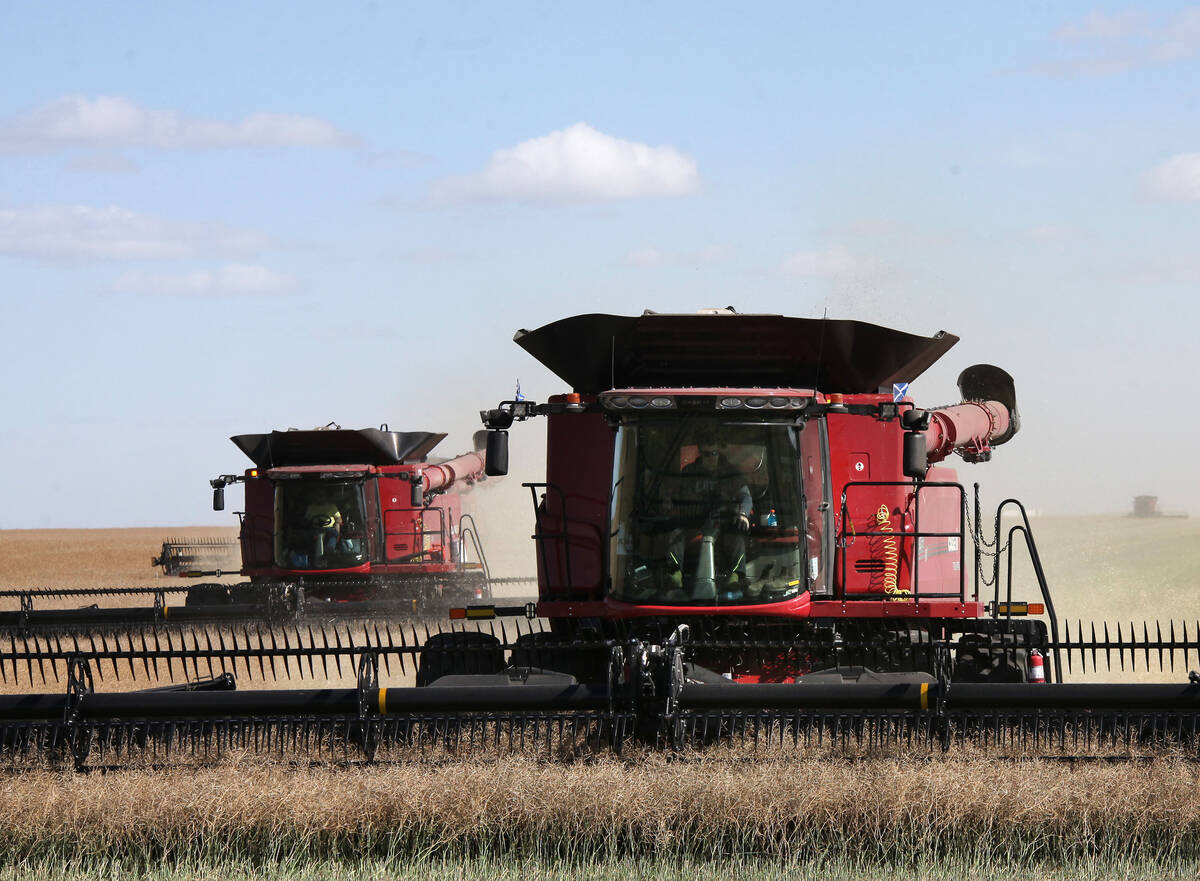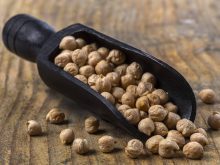(Resource News International) — Corn producers in Manitoba are looking at very high prices for their product, thanks in large part to what’s been happening south of the border.
Eldon Dueck, corn production manager with Linear Grain at Carman, Man. said the corn market on the Chicago Board of Trade (CBOT) has affected the Manitoba market.
“When the CBOT market goes up like that, local producers are not willing to sell at the past prices, they want the newer, higher prices,” Dueck said.
Read Also

Calling for bigger crops ahead of StatCan report
Statistics Canada will release its first survey-based production estimates for the 2025/26 crop year on Dec. 4, with general expectations for upward revisions to most major crops from the model-based estimates in September. However, as StatCan has shown a tendency to underestimate production in its December reports, many analysts expect actual production may be revised upward in subsequent reports.
The cash price in Manitoba was C$4.50 per bushel for feed corn as of Friday (Sept. 17).
Corn prices in the U.S. have risen in recent weeks to near two-year highs on fears of a lower-than-expected corn harvest in the U.S. Midwest.
The Reuters news service reported CBOT December corn peaking above US$5.23 per bushel before turning flat in trading Monday.
As for getting Manitoba’s crop off the field, producers still have a bit of waiting to do.
Pam de Rocquigny, corn specialist with Manitoba Agriculture, Food and Initiatives at Carman, said she doesn’t expect to see the corn harvest get underway for about another month.
“We’re still a little way away yet, still waiting for the crop to dry down, and get to the point where guys can get in and get the crop off,” she said.
Although there are no examples of yield production at the moment, preliminary yield assessments look promising, de Rocquigny said.
“The corn seems to have handled the excess moisture better than some of the other crops have,” she said. “There are still obviously some drowned-out spots in low-lying areas depending on just where the crop is located.”
Although there has been some frost in Manitoba, de Rocquigny said that with the crop very close to physiological maturity, temperatures below 0 C wouldn’t have a huge effect on the crop.
“It would depend on how severe (temperature) and how long it goes for, as far as damage would be concerned,” she said, adding it would have to get quite cold for a significant period of time for any real damage to occur.
Linear Grain’s Dueck said he wasn’t sure how the market would react once the crop is in, stating that high prices have a way of rationing demand.
— With files from Staff.















